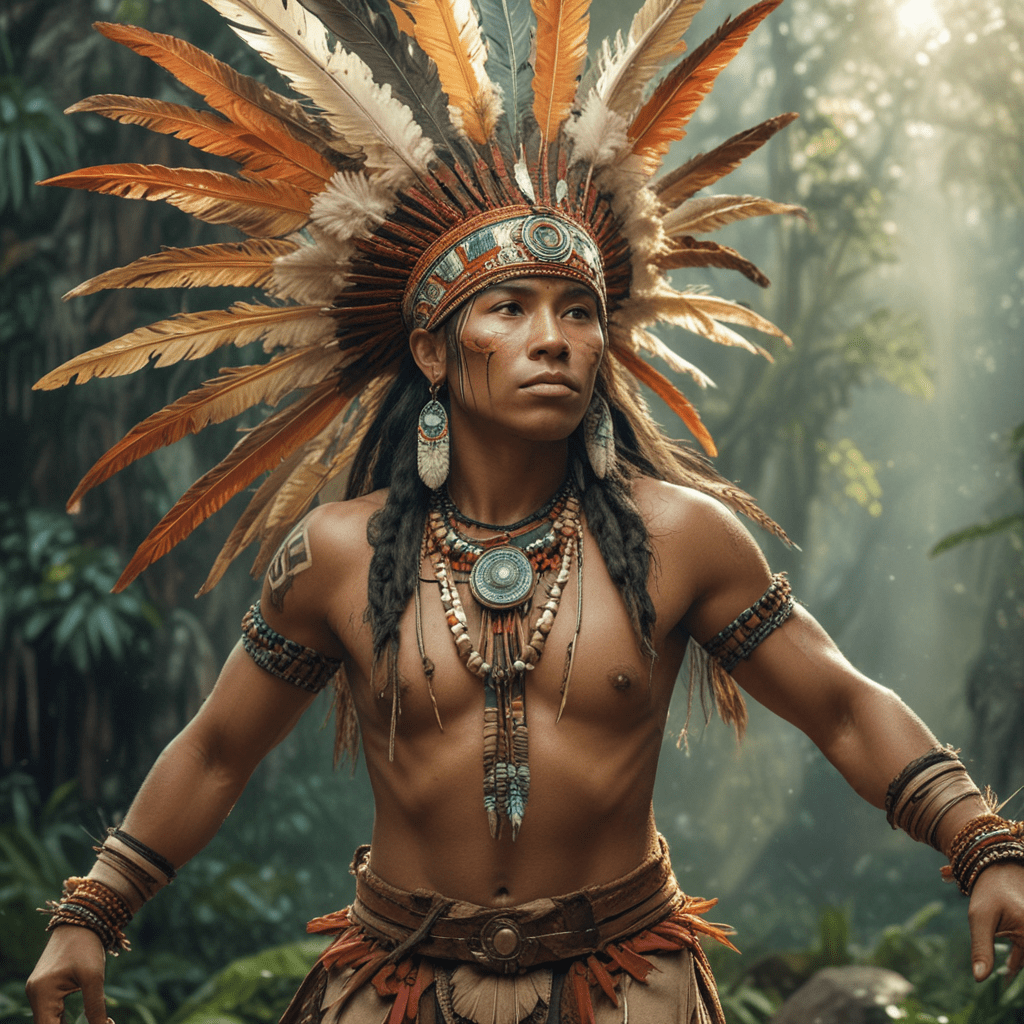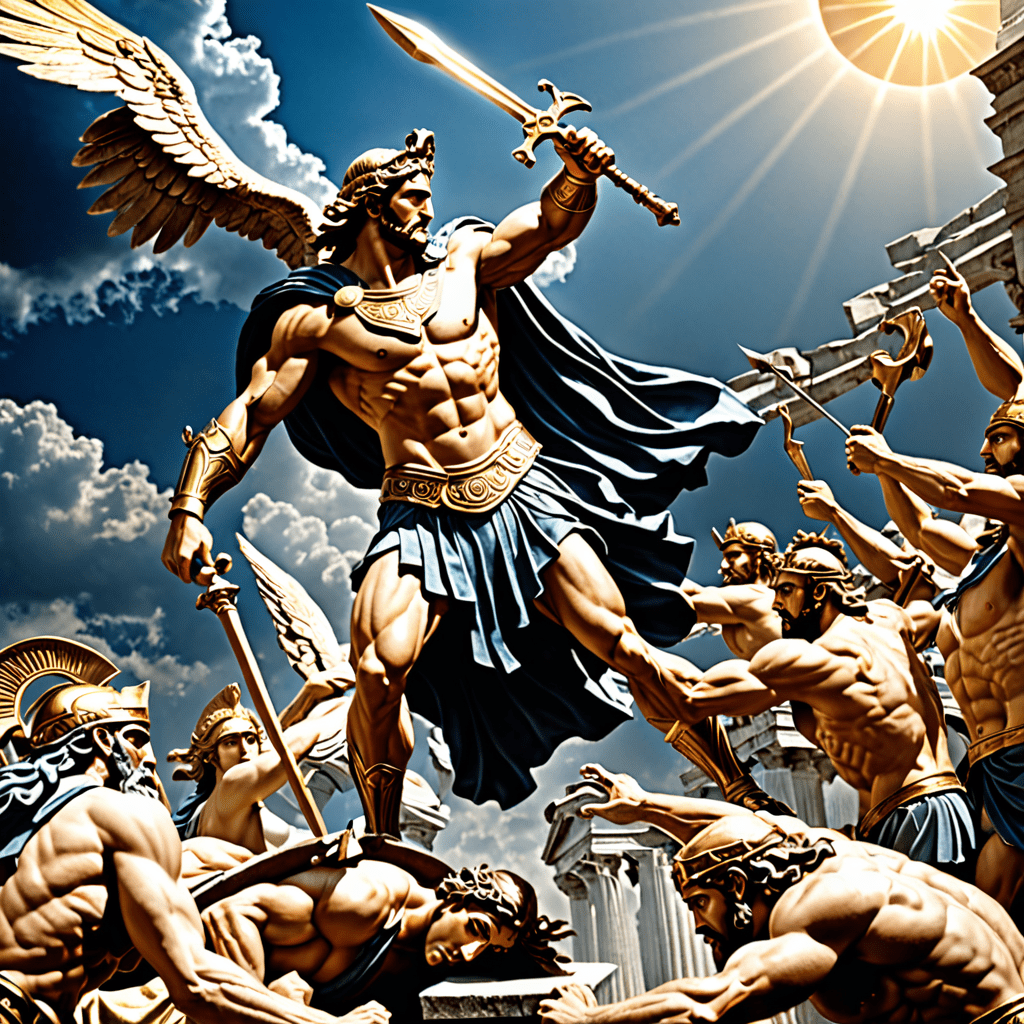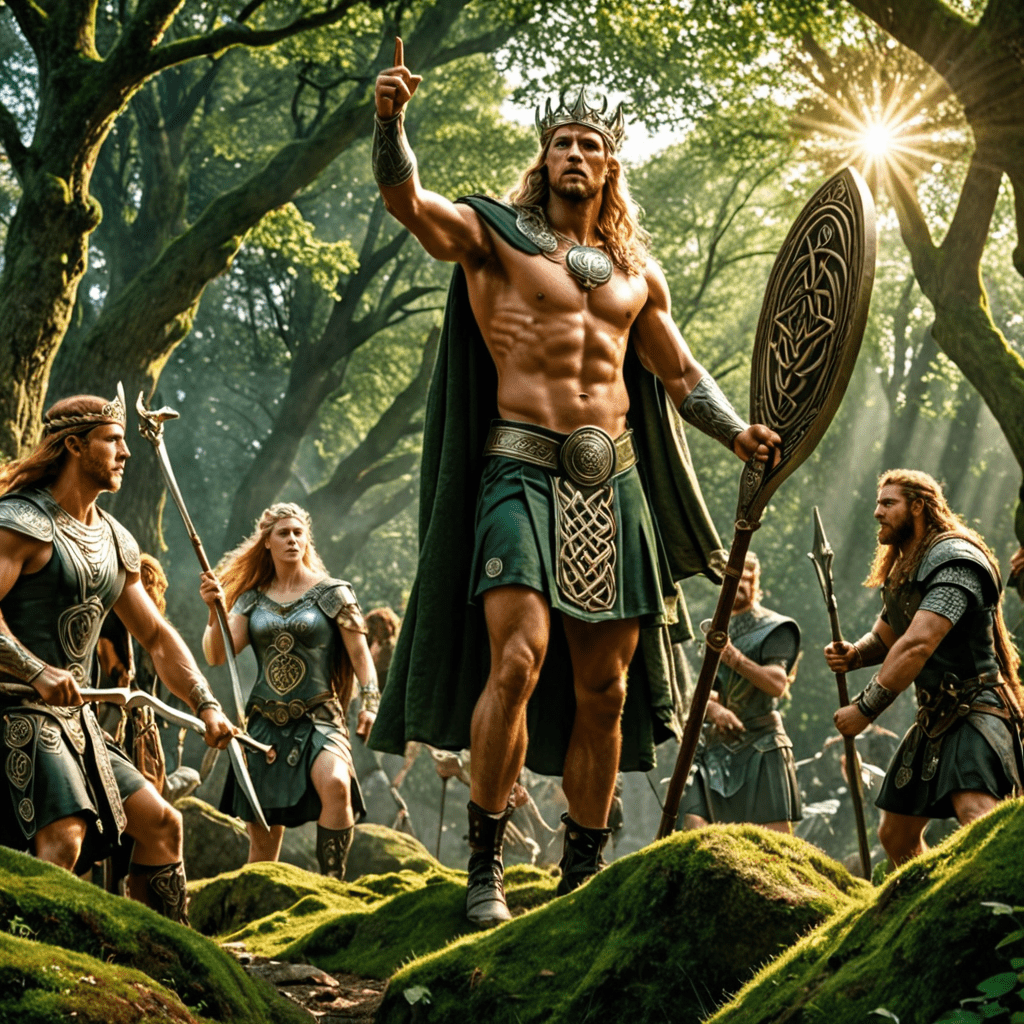The Mythological Origins of South American Indigenous Tribes
South America is a continent with a vast and diverse indigenous population, each with its unique culture and mythology. These myths and legends often provide valuable insights into the history, beliefs, and values of the people who created them. Here are some of the most notable mythological origins of South American indigenous tribes:
1. The Creation of the Incas
The Incas, who ruled over a vast empire in the Andes Mountains, believed that they were descended from the sun god Inti. According to their mythology, Inti created the first Inca ruler, Manco Capac, and his sister-wife, Mama Ocllo, from the waters of Lake Titicaca. Manco Capac and Mama Ocllo then emerged from the lake and founded the city of Cusco, which became the capital of the Inca Empire.
2. The Origins of the Mapuche
The Mapuche people of Chile and Argentina believe that their ancestors were created by the god Nguenechen from the wood of the canelo tree. The Mapuche believe that they are the "People of the Earth," and that they have a special connection to the land. They have a strong tradition of resistance to foreign invaders, and their culture and mythology continue to play an important role in their identity today.
3. The Guarani and the Flood Myth
The Guarani people of Paraguay and Brazil have a complex mythology that includes a flood myth. According to this myth, the world was once flooded, and only a few people survived by climbing to the top of a tall tree. After the floodwaters receded, the survivors repopulated the earth. The Guarani believe that the flood myth is a reminder of the importance of respecting the natural world.
4. The Quechua and the Sun God
The Quechua people of Peru and Bolivia also believe in a sun god, Inti. They believe that Inti created the world and everything in it. The Quechua have a rich tradition of sun worship, and they often perform rituals to honor Inti.
5. The Aymara and the Creation of Lake Titicaca
The Aymara people of Bolivia and Peru believe that Lake Titicaca was created by the tears of a giant. According to their mythology, the giant was crying because he had lost his beloved wife. The tears of the giant filled up the valley and created the lake. The Aymara believe that Lake Titicaca is a sacred place, and they often make pilgrimages to the lake to pray and offer sacrifices.
6. The Maya and the Quetzalcoatl
The Maya civilization of Mesoamerica had a complex mythology that included a number of gods and goddesses. One of the most important Maya gods was Quetzalcoatl, the feathered serpent god. Quetzalcoatl was associated with the wind, rain, and fertility. He was also a patron god of priests, merchants, and craftsmen.
7. The Aztec and the Legend of the Five Suns
The Aztec civilization of Mesoamerica also had a complex mythology. The Aztecs believed that the world had been created and destroyed four times before the present era. Each era was associated with a different sun. The fifth sun, which the Aztecs believed they were living in, was associated with the god Huitzilopochtli.
8.



